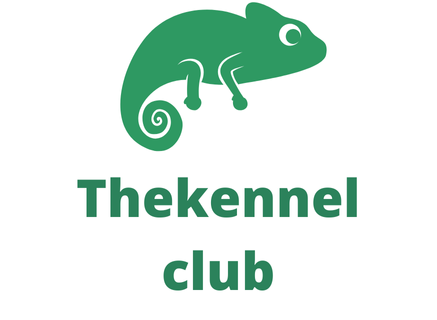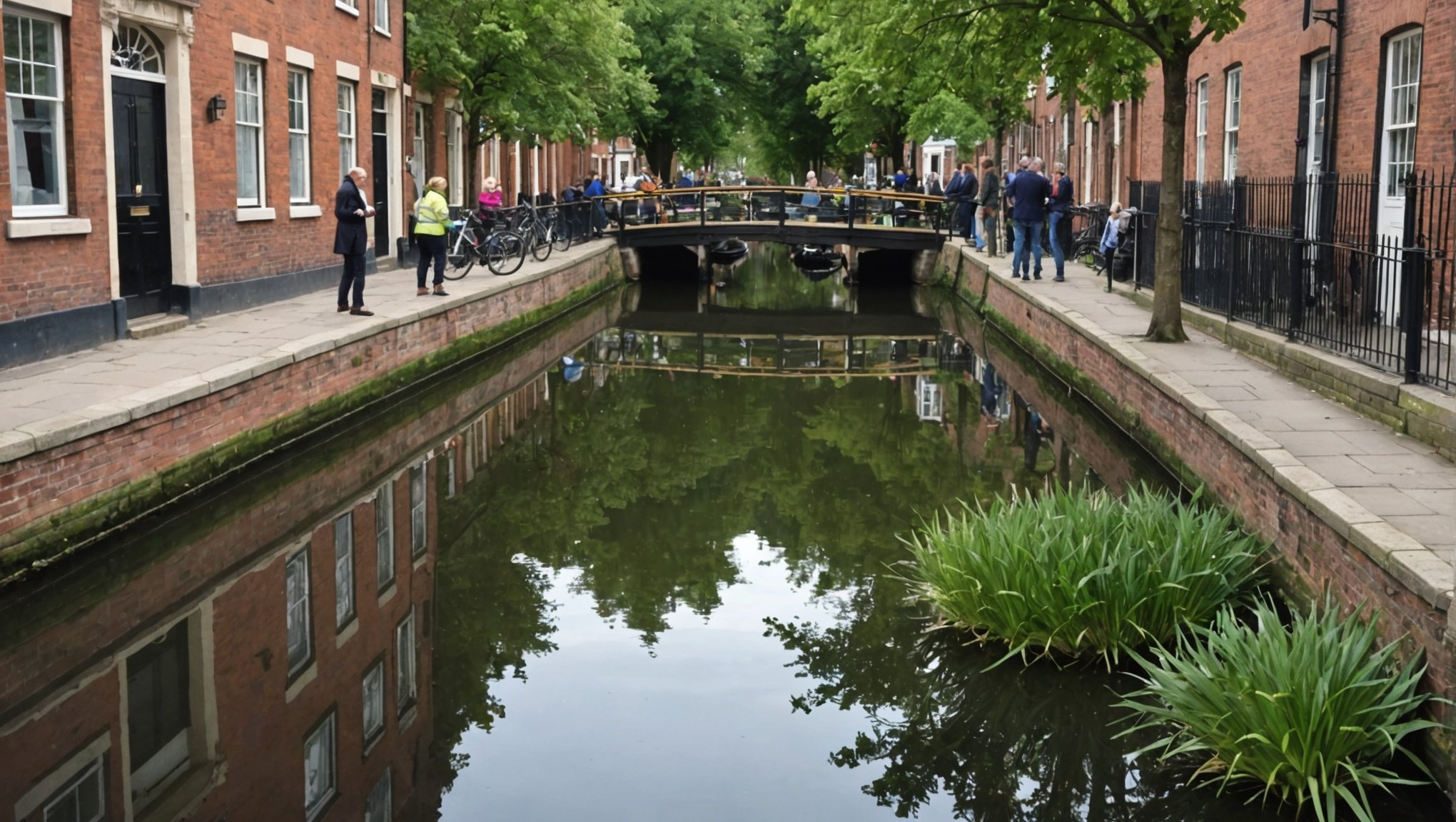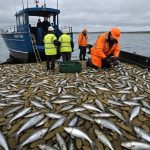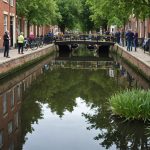Cruising through the heart of many urban areas in the UK, you’ll find a network of canals, teeming with an array of wildlife. From the iconic London canals to more localised projects, these waterways are being leveraged to encourage biodiversity. The question however is – how are these canal restoration projects contributing to this noble cause? By focusing on several pivotal strategies, we can see how they are transforming these urban waterways into thriving habitats for numerous species.
The Importance of Canal Restoration Projects
When discussing canal restoration projects, their significance is often underplayed. These water-based initiatives are not merely about rejuvenating a quaint mode of transport or preserving nostalgic elements of our industrial history. They are fundamentally about nurturing nature back to health and promoting biodiversity.
A lire aussi : Why is it important to maintain genetic diversity in UK’s farm animal breeds?
So why is biodiversity crucial to our cities and towns? It provides a plethora of benefits. Enhanced biodiversity improves the quality of local environments, bolsters our health and wellbeing, and, importantly, bolsters natural resilience against climate change. It positively affects every facet of life, from the quality of the air we breathe to the beauty of the landscapes we enjoy.
Creating Networks of Habitats
One of the key ways canal restoration projects encourage biodiversity is by establishing interlinking networks of habitats. Canals provide a unique opportunity to create a series of connected ecological sites throughout urban areas.
Dans le meme genre : How have recent changes in UK’s fishing regulations affected local sea life?
In London, for instance, the canal network extends over 100 miles, connecting diverse habitats and species. This connectivity is vital, enabling species to move, breed and forage through a much larger area than they would have been able to access otherwise. It’s not just about creating isolated pockets of nature but a comprehensive network that supports a wider variety of species.
The Role of Local Communities in Nature Recovery
Community involvement is fundamental to the success of these restoration projects. The active participation and dedication of local residents can strongly influence the direction and success of these initiatives.
Engaging local communities ensures that restoration efforts are tailored to the specific needs of the area. The local knowledge the community brings can be invaluable in identifying key species and habitats that need to be prioritized. Furthermore, involving locals in these projects can foster a sense of ownership and responsibility for their local wildlife.
Strategies to Encourage Biodiversity
Restoration projects utilise several strategies to encourage biodiversity. They range from natural methods such as tree planting and establishing wildflower meadows, to more technical approaches such as reprofiling canal banks to create diverse habitats.
Another strategy is to actively reintroduce species that have declined or disappeared due to previous human activity. This approach, known as rewilding, has been successful in restoring populations of otters, water voles and other species to UK canals.
Canal Restoration: A Unique Waterway to Biodiversity
Every canal restoration project is unique, shaped by the particular needs and characteristics of the local area. However, all share a common goal: to harness the potential of these waterways to boost biodiversity.
These projects are not simply about restoring canals to their former glory. They’re about creating vibrant, healthy ecosystems that can support a wide range of wildlife. And it’s not just the wildlife that benefits. By enhancing local biodiversity, these projects contribute to healthier, more resilient urban environments for us all to enjoy.
In conclusion, canal restoration projects in the UK provide a unique and effective avenue for encouraging biodiversity in urban areas. Through careful planning, the use of diverse strategies, and the invaluable involvement of local communities, these projects are playing a pivotal role in nature recovery.
The Intersection of Nature Recovery and Local Involvement
Local communities are the backbone of successful canal restoration projects in the UK. Their intimate knowledge of the local landscape, species and needs plays a significant role in shaping effective nature recovery strategies. These aren’t just projects initiated by distant bodies or organisations; they’re grassroots movements that put local nature at the heart of urban planning.
In a metropolitan borough like London, the local community’s role becomes even more critical. The London Borough has an intricate network of canals that not only enhances the city’s charm but also serves as a lifeline for local wildlife. Community-led efforts like the Wildlife Trust‘s restoration projects actively involve residents in nature conservation, fostering a sense of ownership and responsibility towards local biodiversity.
Community involvement doesn’t stop at identifying wildlife sites or species-rich habitats that need urgent attention. It extends to educating the public about the importance of nature reserves, the delicate balance of river ecosystems, and the role of blue infrastructure in mitigating climate change.
Local communities are also instrumental in creating a recovery network that links various green and blue spaces, allowing free movement of species and enhancing overall biodiversity. Moreover, their involvement ensures a biodiversity net gain, wherein every restoration project contributes to an overall increase in local biodiversity.
The Long-term Impact on Urban Biodiversity
Canal restoration projects are much more than just reviving old waterways. They are an integral part of reimagining urban areas as wildlife-rich zones that value nature conservation. By creating a network of biodiverse habitats along these canals, these projects are essentially laying the groundwork for cities that exist in harmony with nature.
A wildlife habitat is not just a space where animals live. It’s an ecosystem that supports various species—plants, birds, insects, mammals, and more. Enhancing these habitats means improving the overall health of the ecosystem, eventually leading to a more significant natural england.
Such projects have the potential to transform cities into green lungs that help combat climate change, improve air quality, and significantly enhance the quality of life for residents. London, for instance, has seen a notable increase in its otter population, thanks to river restoration projects along its canal network.
These projects also set a precedent for other urban areas, demonstrating how they can reinvigorate their green and blue spaces to support a diverse range of species. They serve as a blueprint for how cities can achieve a net gain in biodiversity while enhancing their residents’ quality of life.
In Conclusion: The Future of Urban Biodiversity
In the face of rapid urbanisation and climate change, the need for urban biodiversity has never been more urgent. Canal restoration projects in the UK are leading the way in this regard, showcasing how we can transform these man-made structures into thriving habitats for local wildlife.
These initiatives are more than just a means to reclaim our industrial past; they represent a vision for a future where nature conservation is seamlessly integrated into urban planning. By fostering biodiversity, we’re not just improving the health of our local ecosystems—we’re also building resilient cities that can stand the test of time.
Involving local communities in these projects is crucial. Their local knowledge and passion for nature are invaluable assets to these restoration efforts. Together, we can make our cities wildlife-rich habitats that work in harmony with nature, rather than against it.
The journey towards urban biodiversity is a long one, but with each restoration project, we’re making progress. We’re not just restoring canals; we’re restoring hope for a better, greener future.
















